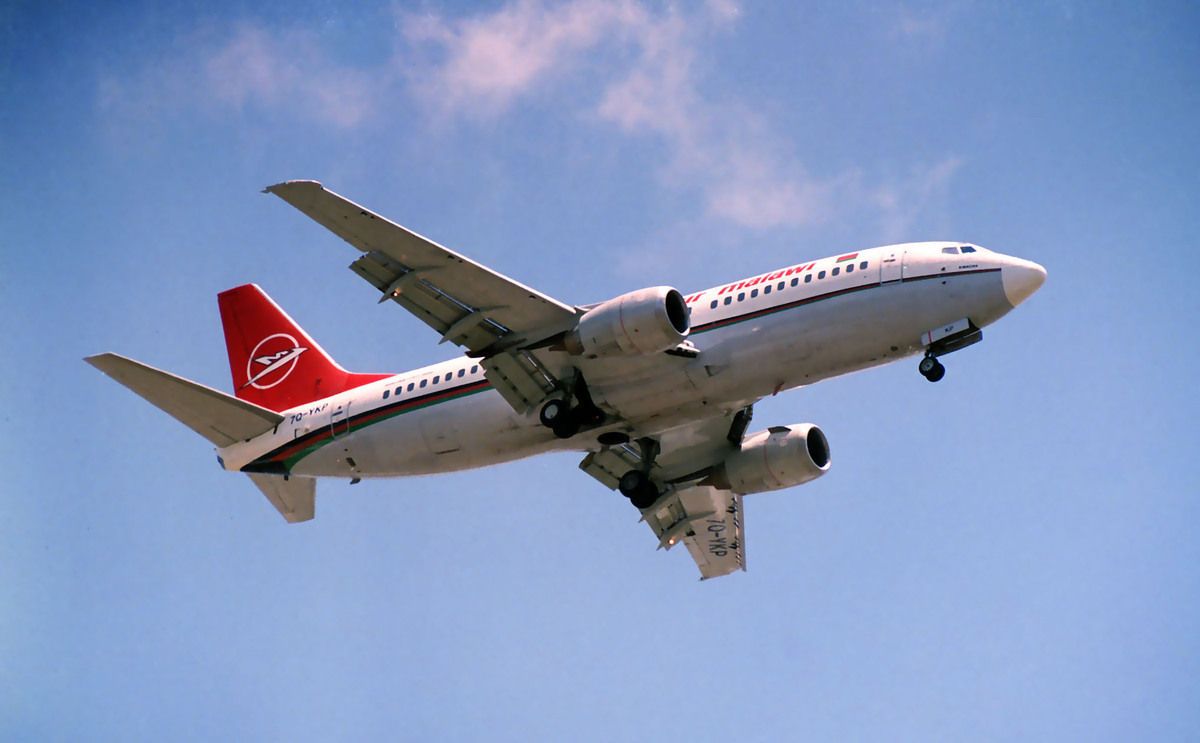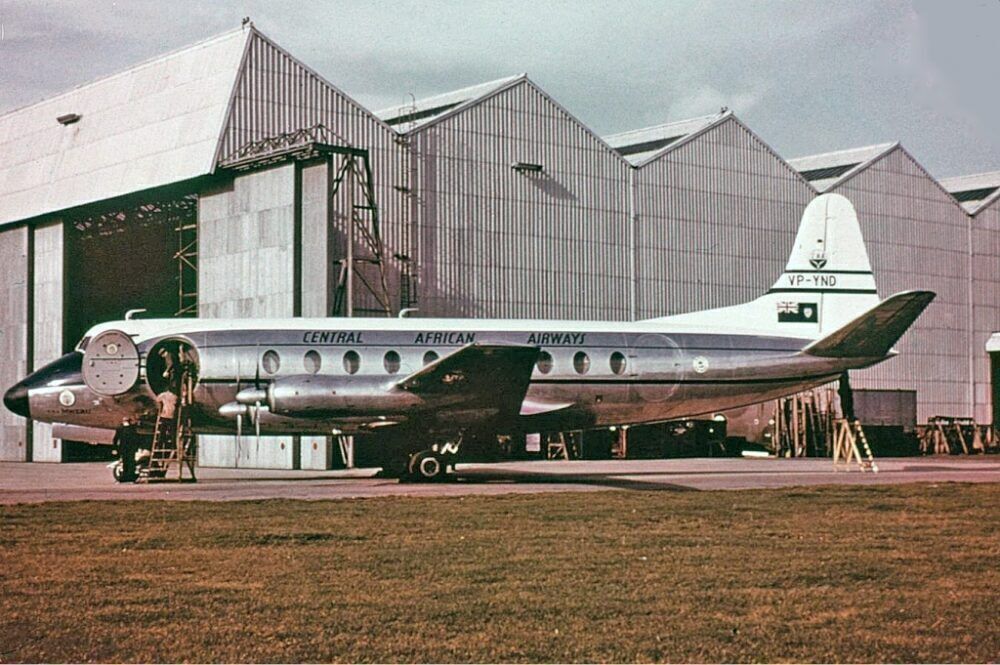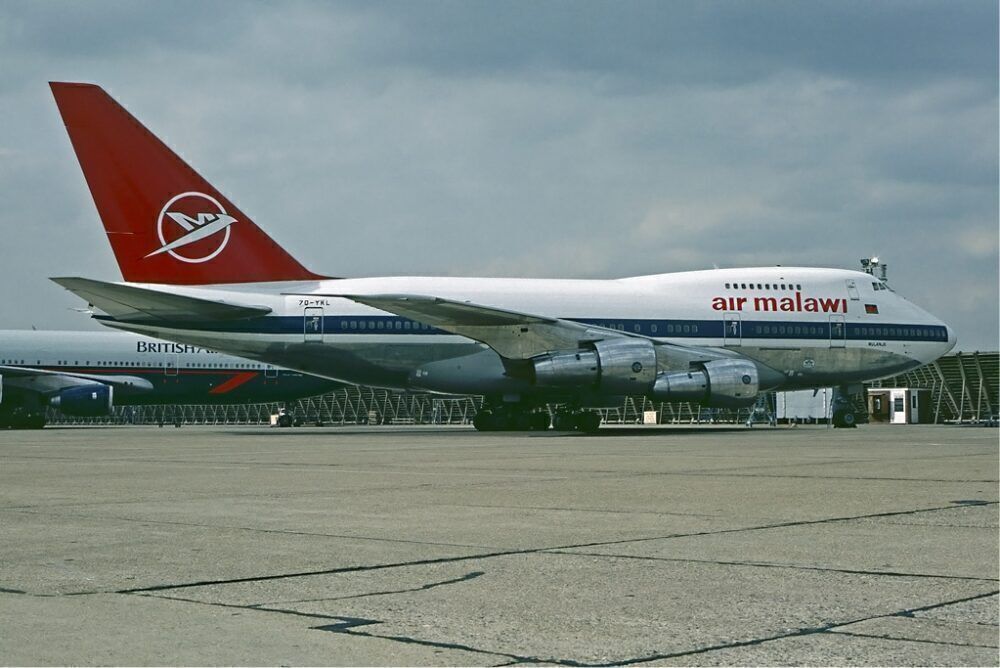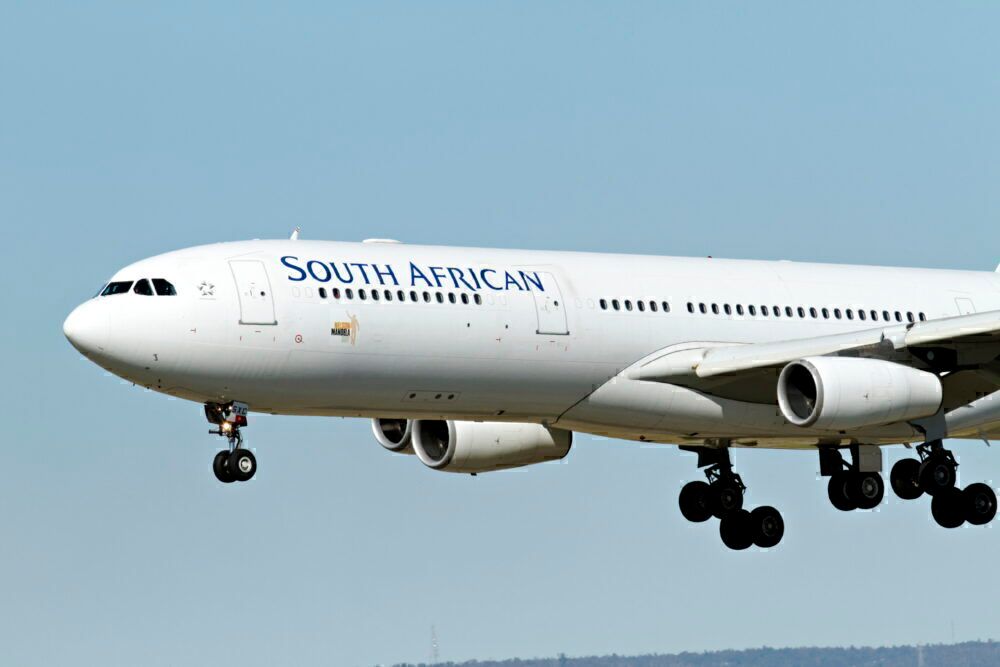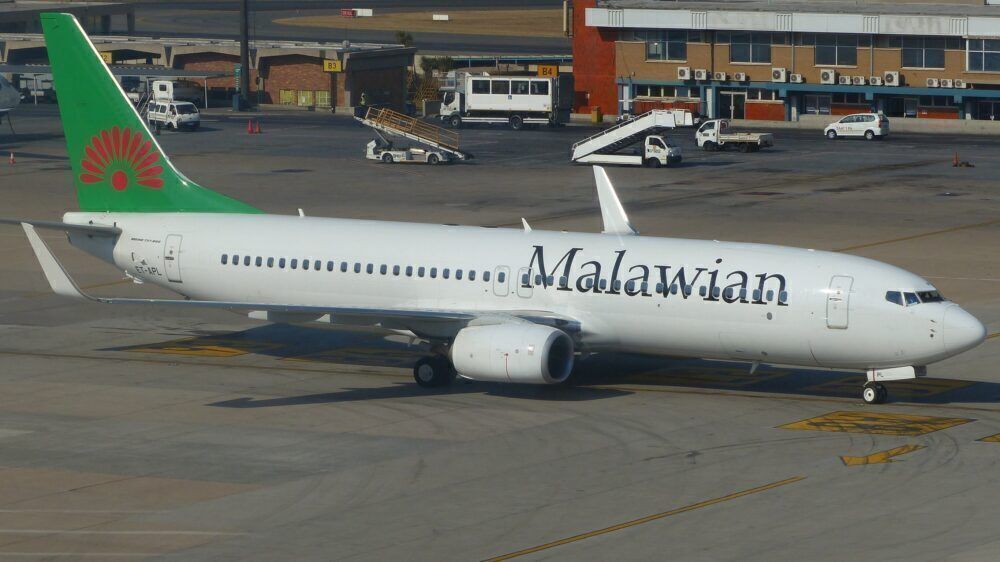Air Malawi was the national airline of Malawi, in operation from 1964 to 2013. It was state-owned, despite privatization attempts to save it in the 2000s. Attempts to find a partner finally worked, though, and soon after Air Malawi ceased operations, Malawi Airlines started operations with partner Ethiopian Airlines.
Origins in the 1960s
Air Malawi started operations in March 1964. It was at that time a subsidiary of Central African Airways (CAA). CAA operated as a flag carrier for Northern Rhodesia, Southern Rhodesia, and Nyasaland. Air Malawi started out with a fleet of leased aircraft from CAA - three de Havilland Canada DHC-2s, and two DC-3s.
In 1967, Central African Airways was split into three separate airlines - Zambia Airways, Air Malawi, and Air Rhodesia.
Expansion as a national carrier
After its split from CAA, the airline grew further. It added two ex-CAA Vickers Viscount aircraft to its fleet and used these to introduce longer flights. Its focus was on domestic flights (by 1967, mostly served by the DC-3s) and regional routes, including Mozambique, Mauritius, and Johannesburg.
Fleet changes continued through the 1970s, with Britten-Norman Islander aircraft and one leased BAC One-Eleven. In 1972, it leased one VC-10 aircraft to operate services to London. It retired the VC-10 in 1978 and moved back to more regional services.
It did operate the 747 as well - but only for a single flight. In 1985 it leased a 747SP from South African Airways to carry the President of Malawi on a flight to London.
The focus on domestic and regional services continued into the 1990s. The fleet changed again to a majority Boeing 737 fleet. It took its first 737-300 in 1991 and went on to operate eight 737s and one ATR42.
Financial difficulties and privatization attempts
Troubles began at Air Malawi in early 2000. It faced financial difficulties, and there were reports that it was preparing to sell assets. Privatization was seen as the solution to this, and the government attempted this twice, but both attempts failed.
The first attempted deal was with South African Airways and Crown Aviation. This fell through in 2003 over terms of the equity stake to be taken by South African Airways.
The second proposed deal was with the South African regional airline Comair. This likewise fell through in 2008 over terms of the partnership. The Malawi government wanted a strategic partner to help run the airline, whereas Comair reportedly wanted to take a controlling 80% stake in the airline.
Stay informed: Sign up for our daily and weekly aviation news digests.
Ceasing operations in 2013
After the failure of two privatization attempts, Air Malawi continued to operate under state ownership until 2013. By that time, Ethiopian Airlines had emerged as a potential equity partner. A deal was agreed for it to take a 49% stake in a new airline (with the Malawi government retaining 51%).
Air Malawi ceased operations in February 2013. The new airline, Malawi Airlines, was formed in July 2013 (it started flying in January 2014). It started operation with two aircraft leased from Ethiopian Airlines - a 737-800 and Dash 8. It later switched the 737-800 for a 737-700, and it remains with this fleet of two aircraft now.
In 2021, Malawi Airlines has once again experienced financial difficulties. As of May 2021, it is being supported and recapitalized by the Malawi government.
Have you ever flown on Air Malawi or Malawi Airlines? Or would you like to share more details on these airline's fleets and history? Let us know in the comments.

